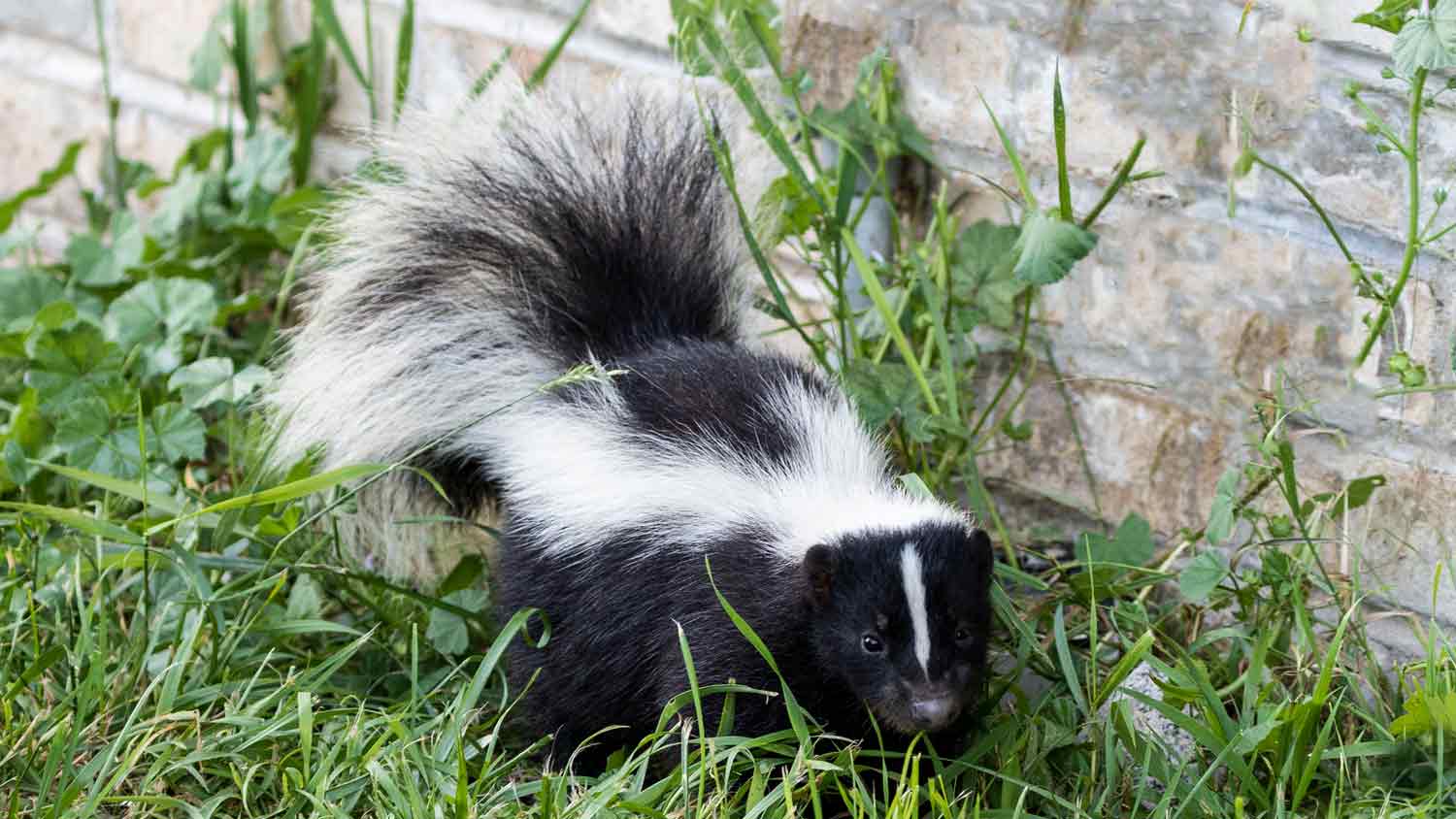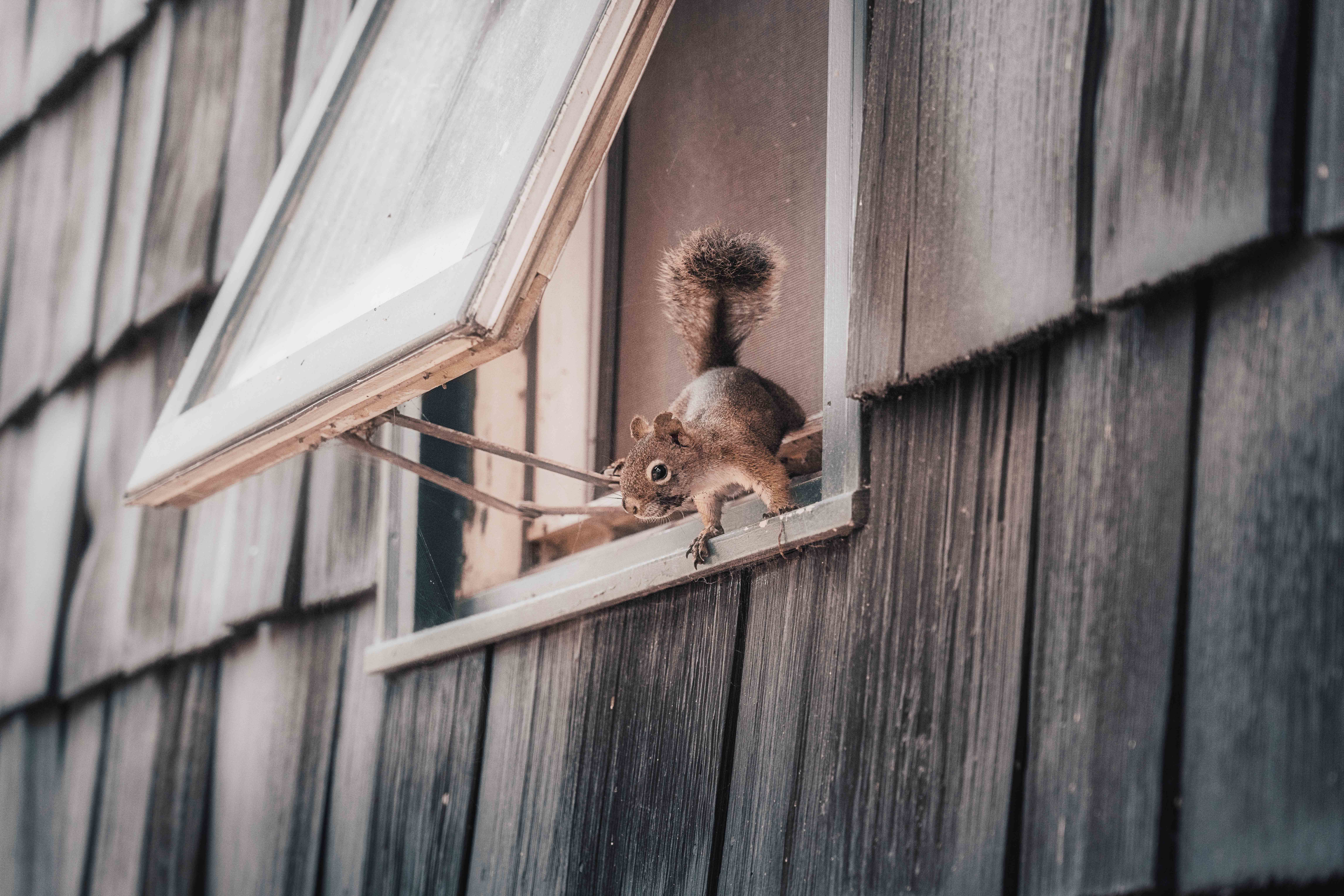
Budget for termite treatment costs based on factors such as termite type, infestation size, inspections, treatment type, labor, and more.
Flea removal costs an average of $270


Professional flea exterminator costs start as low as $5, with an average range of $75 to $400, reaching up to $600 for major infestations. The average cost is $270.
Your total depends on home size, treatment frequency, and extermination method.
Hiring a professional ensures quick and effective eradication of adult fleas, larvae, and eggs.
Flea infestations can spread rapidly, so prompt action is important to protect your family and pets.
While over-the-counter products are available, professionals can save you time and may be more cost-effective in the long run.
This article was updated using automation technology and thoroughly reviewed for accuracy by HomeAdvisor Editor Ryan Noonan.
On average, flea exterminator costs run between $75 and $400, with most homeowners paying an average of $270. Factors such as the exterminator’s treatment frequency and treatment method impact the final cost. While over-the-counter products are available, hiring a professional ensures effective eradication of adult fleas, larvae, and eggs, saving you time and potentially reducing long-term costs.
You can expect to pay $75 to $400 for the inspection and first treatment. Because no pesticide destroys every egg, most homeowners schedule a second visit—another $75 to $200—to finish the job. Your final price depends on several factors:
Geographic location: You’ll likely pay more in areas with higher overhead costs.
Home size: Bigger homes take extra time and materials, so you’ll spend more.
Season: Prices often climb in spring and summer when flea activity spikes.
The more visits you need, the more you’ll spend. Here’s what different treatment schedules cost.
Your first service visit runs $75 to $400. Even if the technician does a thorough job, plan on a follow-up, costing $75 to $200, two weeks later to catch any newly hatched pests. Skipping that return trip can let a large infestation bounce right back.
| Number of Treatments | Average Cost |
|---|---|
| Single visit | $75–$400 |
| Monthly | $950–$2,500 |
| Quarterly | $500–$1,600 |
| Yearly | $900–$4,800 |
A local pest control pro will perform a few tasks, including the following:
Inspection: Your pro confirms fleas are present and pinpoints where they’re hiding—often pet hangouts, crawl spaces, or the attic.
Vacuuming: If this step is included, the technician vacuums key areas before spraying.
Interior application: The exterminator applies an indoor treatment that kills adults and stops larvae from maturing.
Exterior application: When exterior service is part of the plan, your pro treats entry points and pet-friendly zones outside.
The second application follows the same procedures as the first. Since no pesticide kills eggs and often not larvae, you’ll need to kill these pests after they mature. This happens 10 to 14 days after the first visit. After that, you should have a clean home, although a third and final visit may be necessary.
Some extermination companies guarantee they can remove all the stages—eggs, pupae, and adults—in one treatment and will return for free if you see more pests within 30 days.
There are no pesticides that completely kill fleas since the egg and larva stages are tough to combat with chemicals. The standard treatment for fleas includes all the following:
The current standard is oral chewable tablets and spot treatment with liquid gels for the fur. You should clean all of your pets' bedding and the places where they sleep, either by yourself or with the help of your vet. Consult your vet and read labels before using anything on your pets.
These include vacuuming and washing the entire home and applying flea insecticides. These only kill the adults and interfere with larval development. They don't kill the eggs, so a follow-up treatment is almost always necessary. If you have questions about the products included in your flea control program, your exterminator can provide product labels or material safety data sheets.
Although you might have pets, fleas travel on bats, rats, and other small animals. Have your place inspected for these as well. Pest control costs $110 to $270, in addition to flea extermination, if other pests are present.
Consider these cost-saving strategies to make your flea exterminator costs more wallet-friendly:
Act quickly and call a pro as soon as you notice fleas. This prevents large-scale infestations and higher extermination fees.
Opt for a full treatment plan to ensure all fleas are exterminated. This prevents your problem from spreading, leading you to begin the treatment process over again.
Get quotes from at least three local flea removal pros to ensure competitive pricing.
You have several options if you choose to treat your flea problem yourself.
Flea bombs are ideal when the infestation is contained in a single room. A pesticide is released into the room, killing fleas and their eggs within two to four hours. The average cost ranges from $100 to $200.
However, research from the University of Nebraska-Lincoln indicates that flea fumigation is ineffective because it does not penetrate areas where fleas reside. Be cautious of over-the-counter fumigation products that disperse insecticides via aerosol, as they may not effectively eliminate flea infestations.
Inexpensive over-the-counter flea sprays range from $5 to $30 per bottle and require a lot of product to treat your entire home. These sprays are better used for small areas only or even as a preventive measure around pet areas and entrances to your home. If you use these, expect multiple applications.
Natural options like diatomaceous earth can damage and dehydrate adult fleas and cocoons. These natural pest control products range from $5 to $30. However, many such products, including those with essential oils like peppermint or clove, have limited evidence supporting their effectiveness.
While some homeowners report success using borax powder or baking soda combined with vacuuming, these methods may only be effective for minimal infestations and require repeated applications over several weeks. Professional treatments are more effective for eliminating fleas.
Store-bought sprays may look cheaper up front, but bringing in a pro saves you time, hassle, and repeat treatments. Pros have stronger products and know exactly where to target stubborn infestations. Keep these points in mind:
Effectiveness: Over-the-counter products may not eliminate fleas completely, especially in severe infestations.
Cost: DIY products add up quickly when you’re treating every room, especially if you have to reapply them.
Health risks: Using pesticides incorrectly can put your family and pets at serious risk.
Expertise: Professionals can identify all infested areas, including hard-to-reach places like subfloors, basements, or attics.
Time efficiency: Professionals can eliminate infestations more quickly, saving you time and frustration.
Ready to reclaim your space? Hire a local flea exterminator to safely and effectively wipe out fleas for good.
No place is more important than your home, which is why HomeAdvisor connects homeowners with local pros to transform their houses into homes they love. To help homeowners prepare for their next project, HomeAdvisor provides readers with accurate cost data and follows strict editorial guidelines. After a project is complete, we survey real customers about the costs to develop the pricing data you see, so you can make the best decisions for you and your home. We pair this data with research from reputable sources, including the U.S. Bureau of Labor Statistics, academic journals, market studies, and interviews with industry experts—all to ensure our prices reflect real-world projects.
From average costs to expert advice, get all the answers you need to get your job done.

Budget for termite treatment costs based on factors such as termite type, infestation size, inspections, treatment type, labor, and more.

Budget for termite inspection costs based on factors such as treatment type, property size, inspection type, severity, documentation, and more.

Who to call for skunk removal? Learn when to hire animal control or pest control, safety tips, and skunk removal cost before you book

Who to call for wildlife removal? Learn when to hire wildlife removal specialists or animal control and how pros safely handle critters

Who to call for a cat stuck in a tree? Call an arborist, not 911. Learn why an arborist beats animal control and how rescues work

earn who to call for fox removal—wildlife removal service or animal control—plus costs, safety, and steps so you can choose the right help.